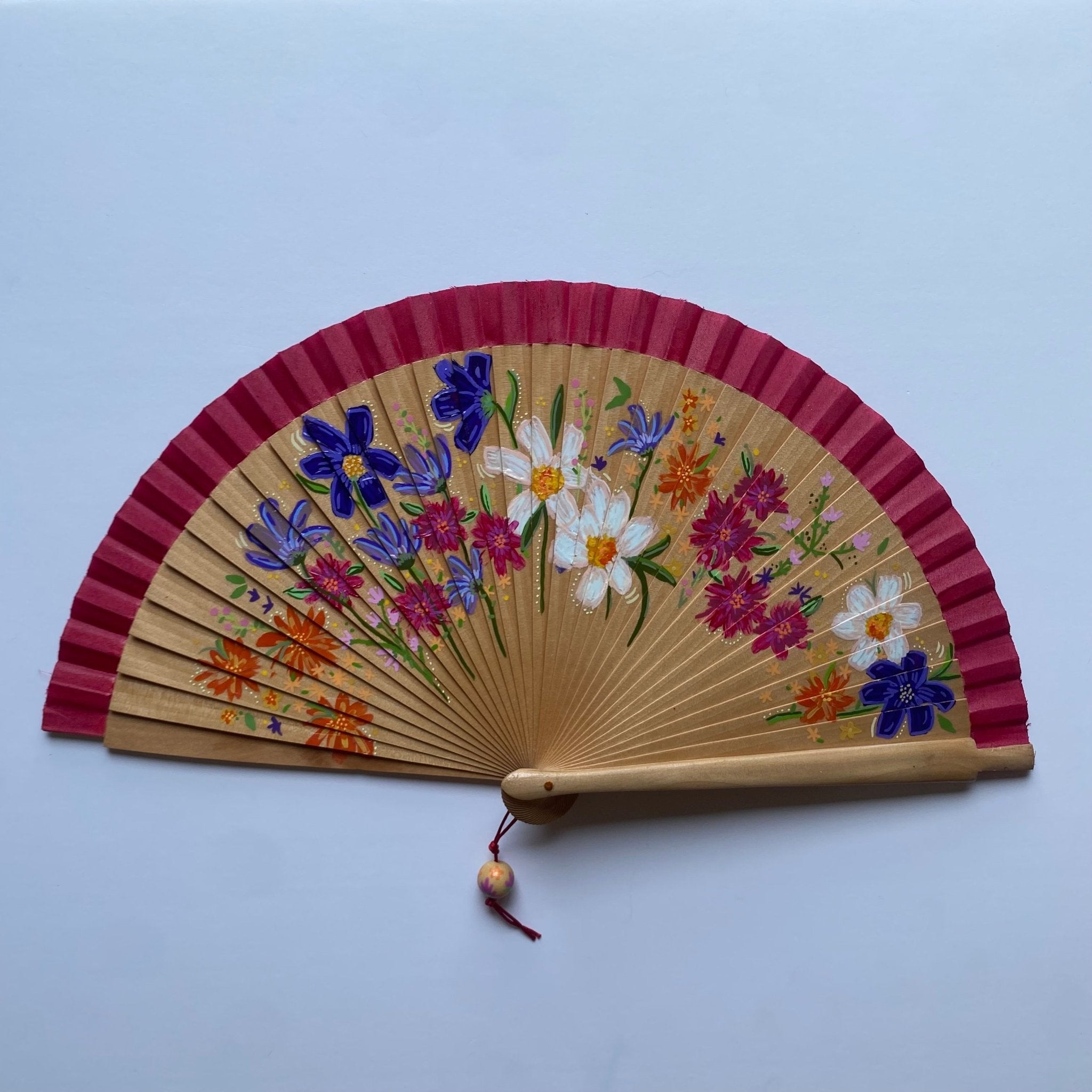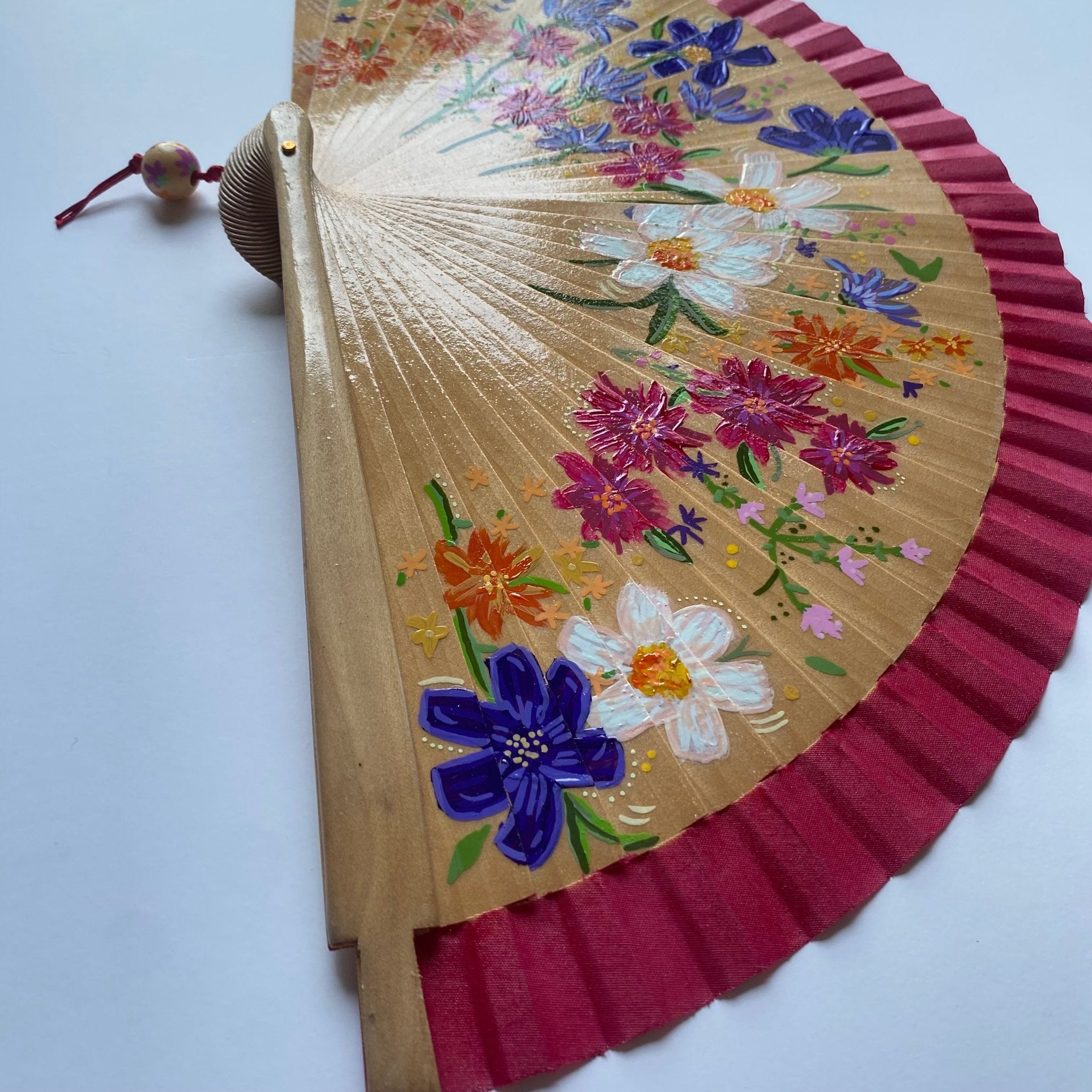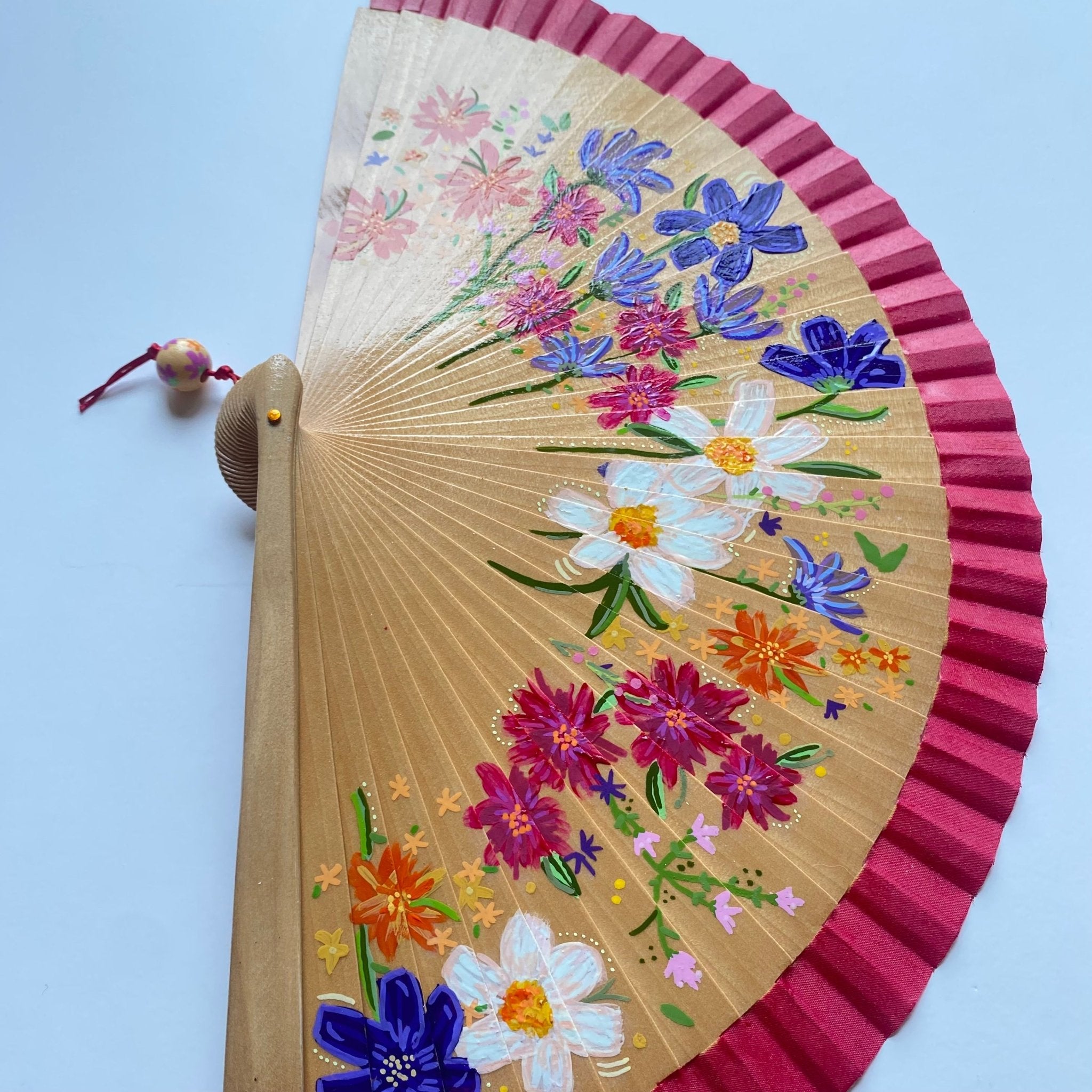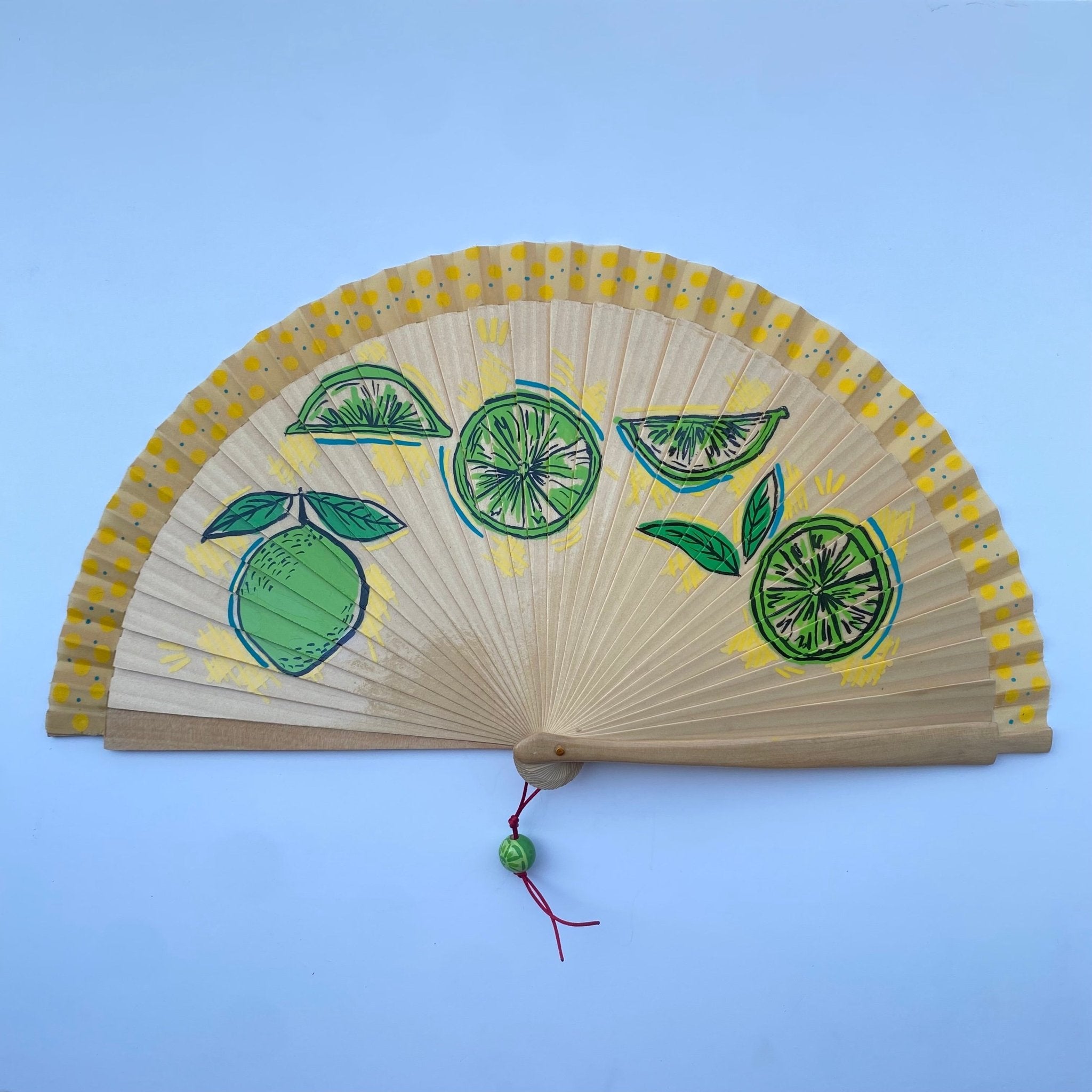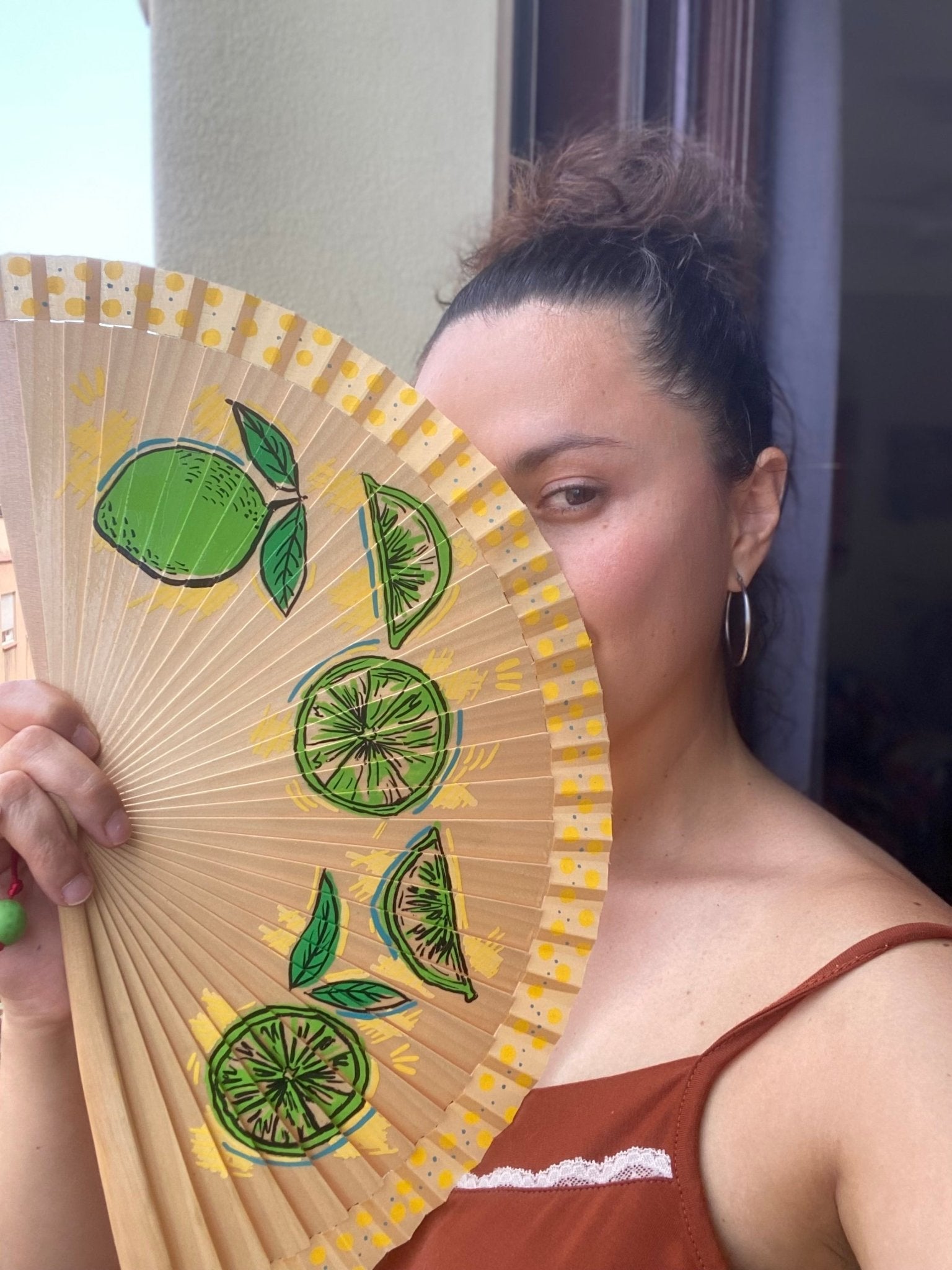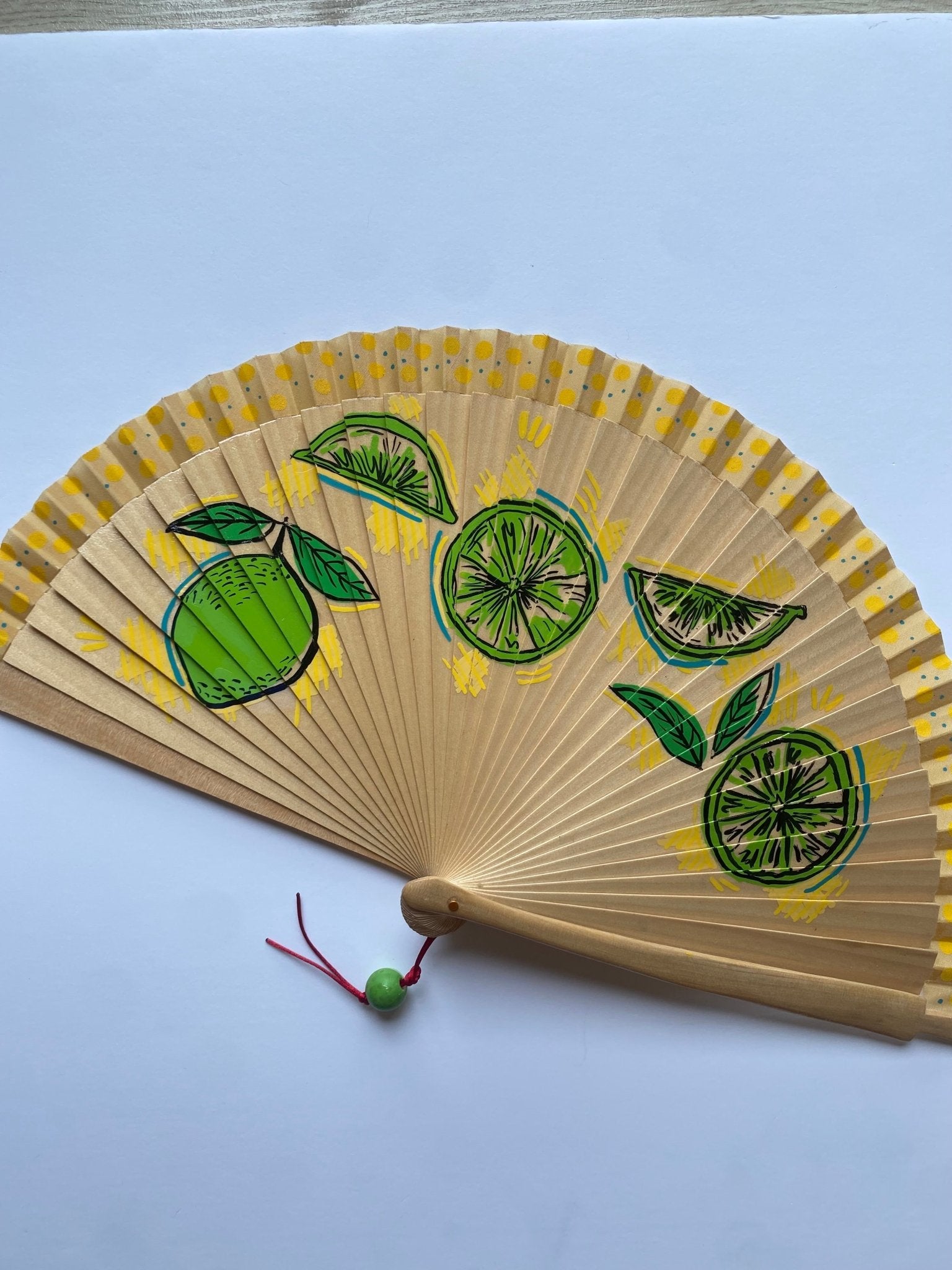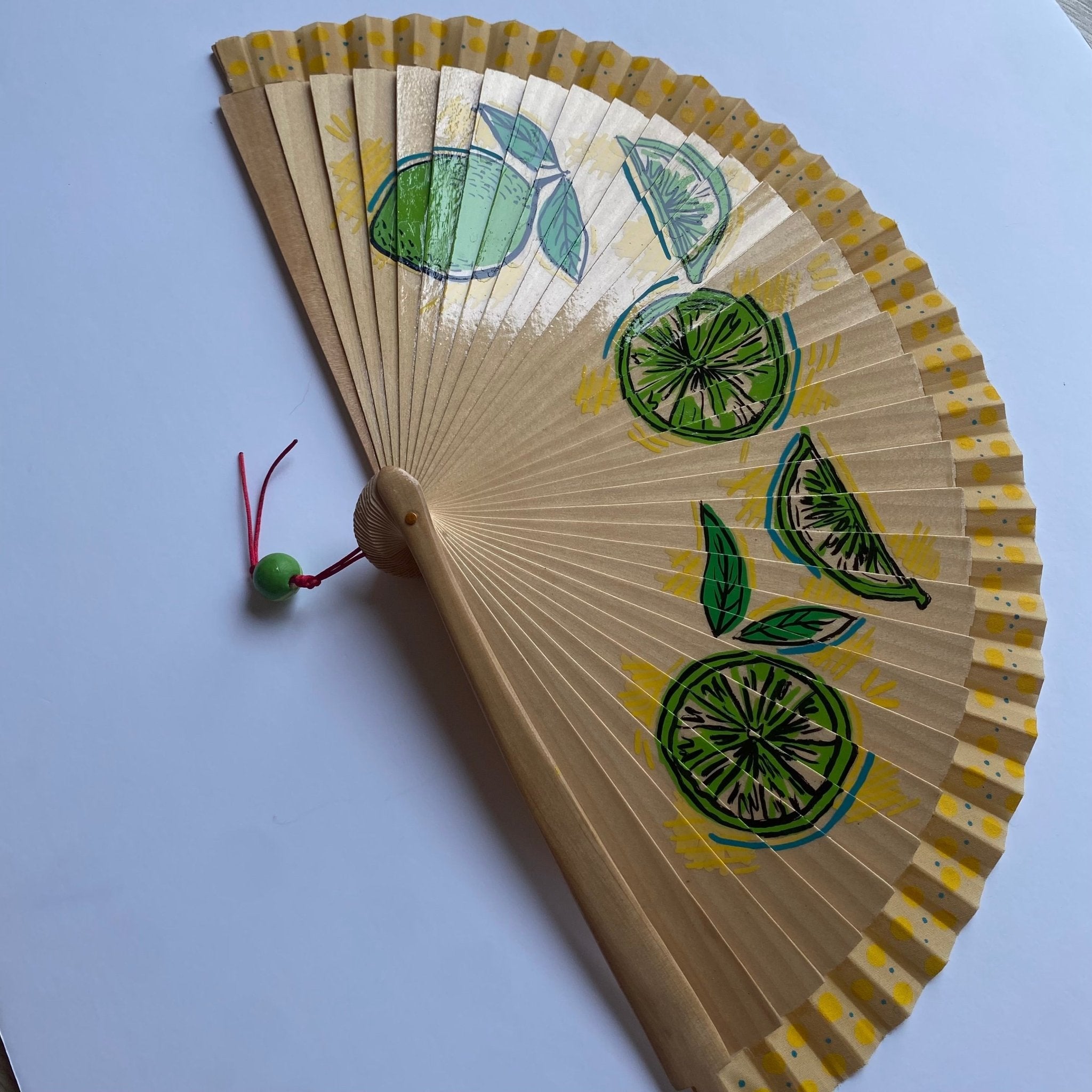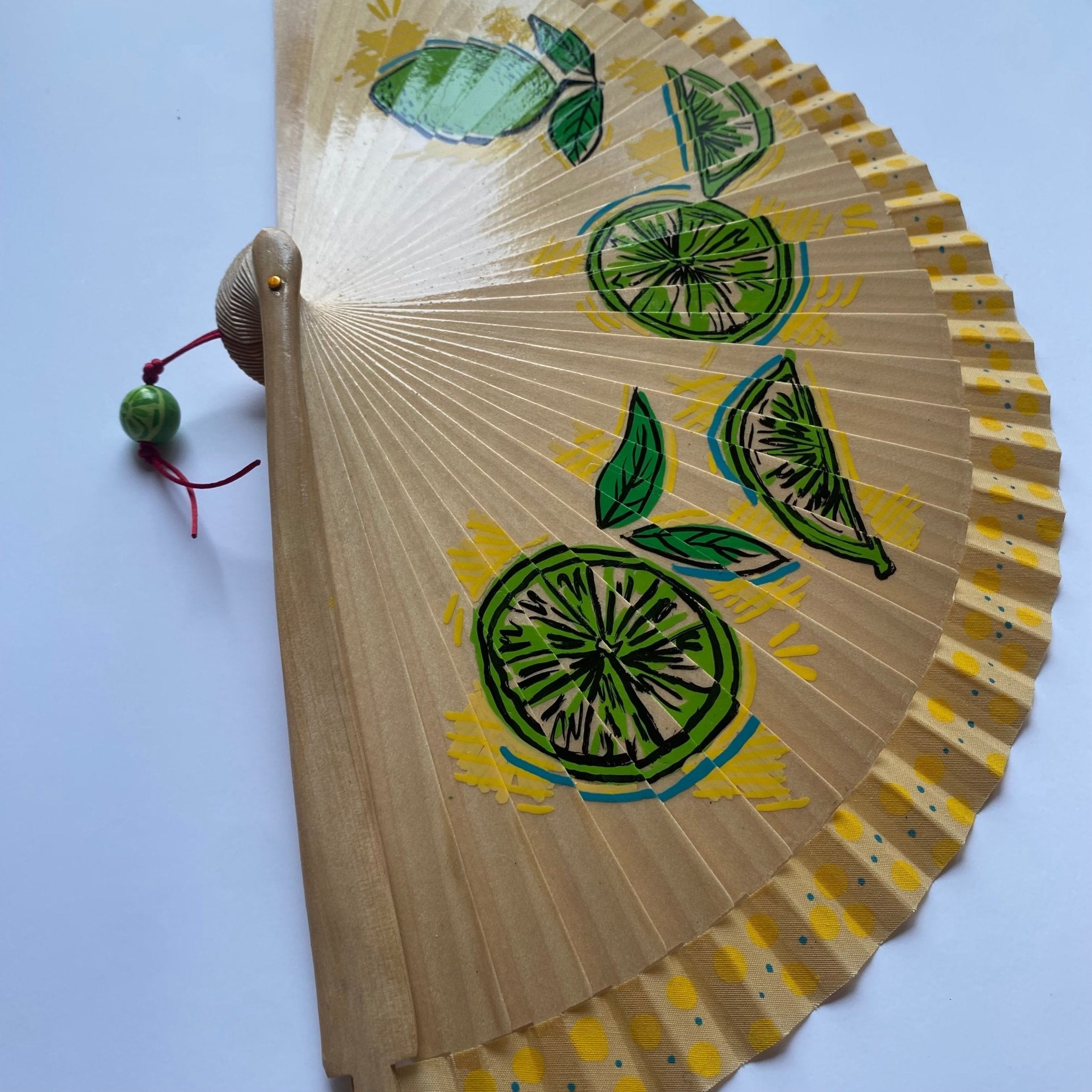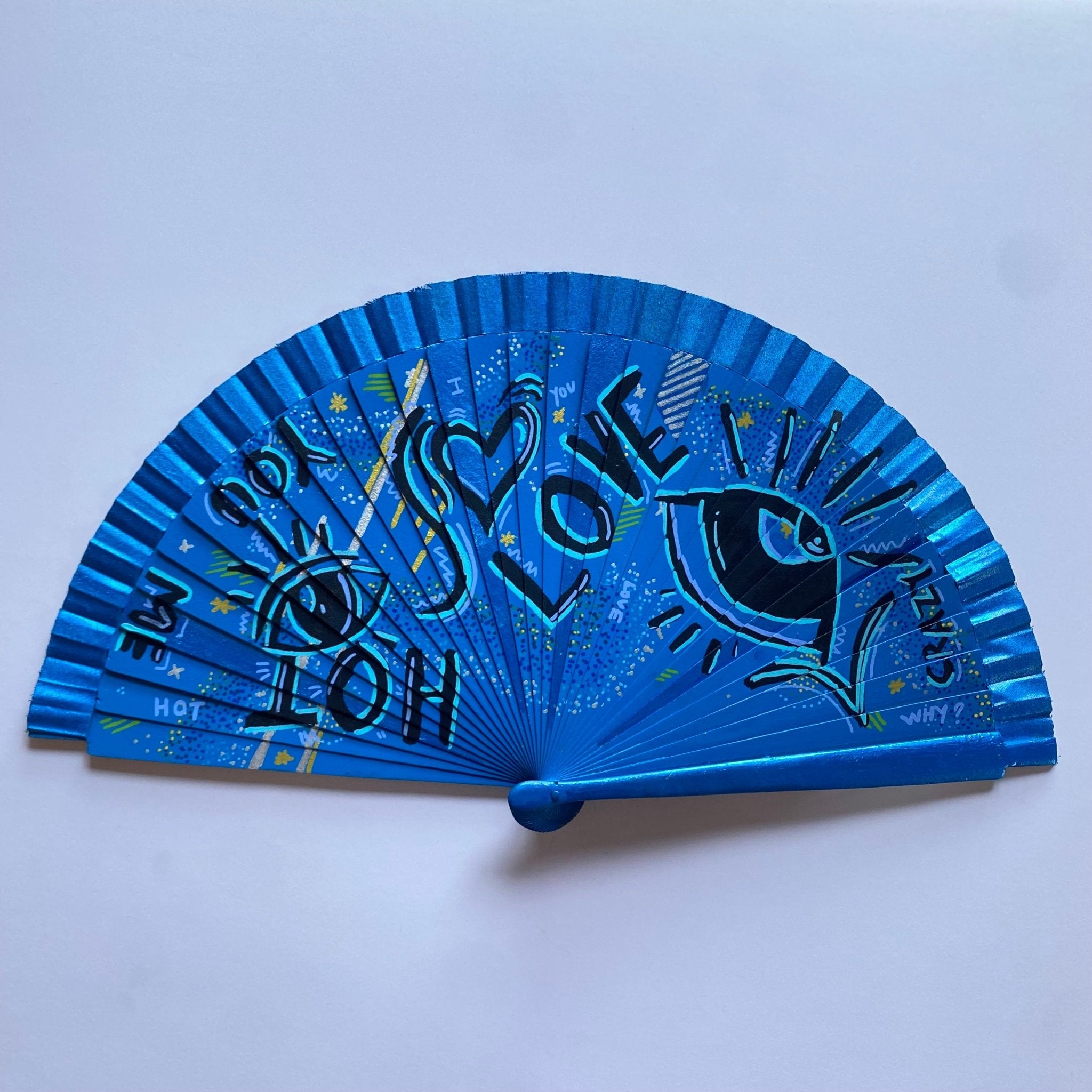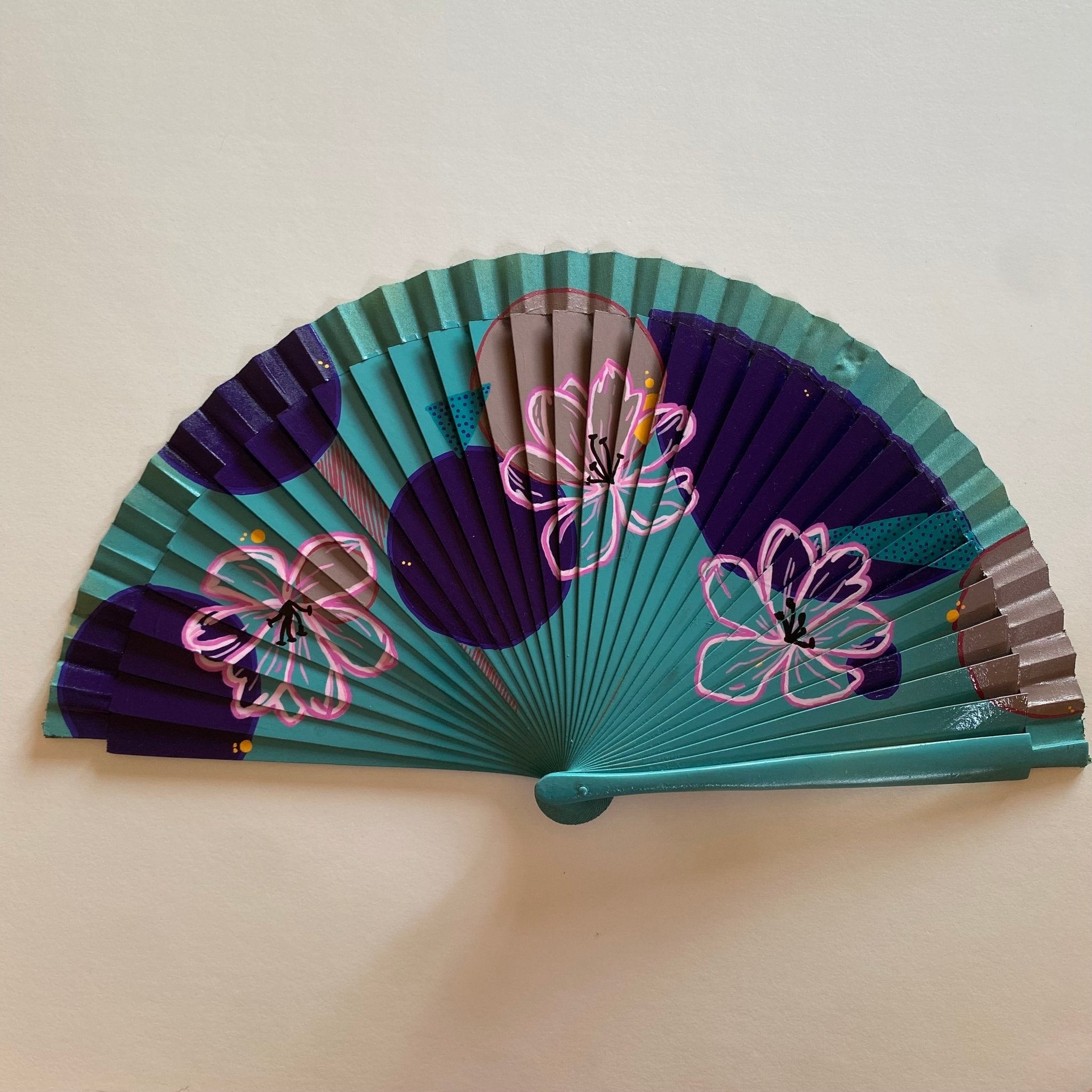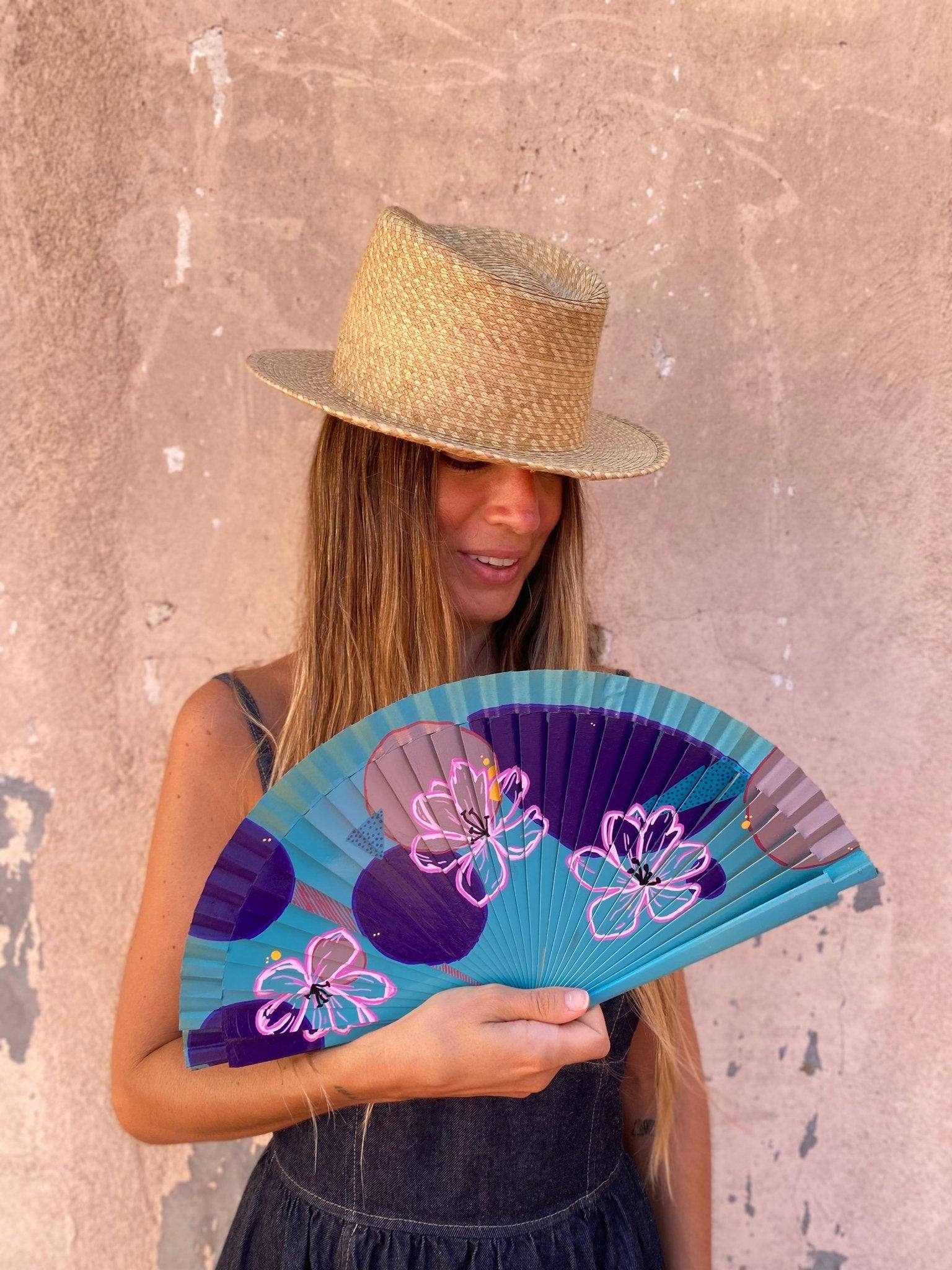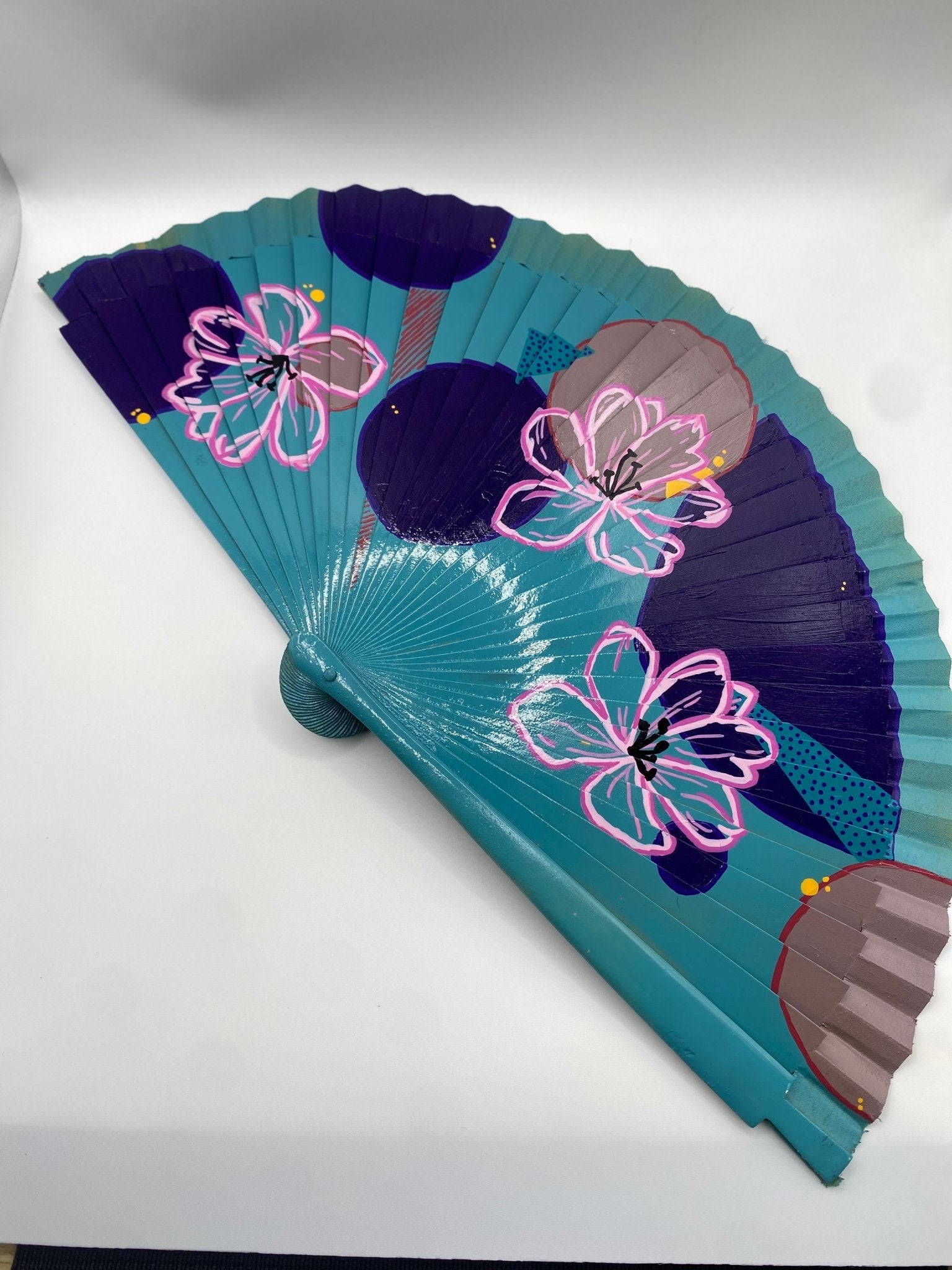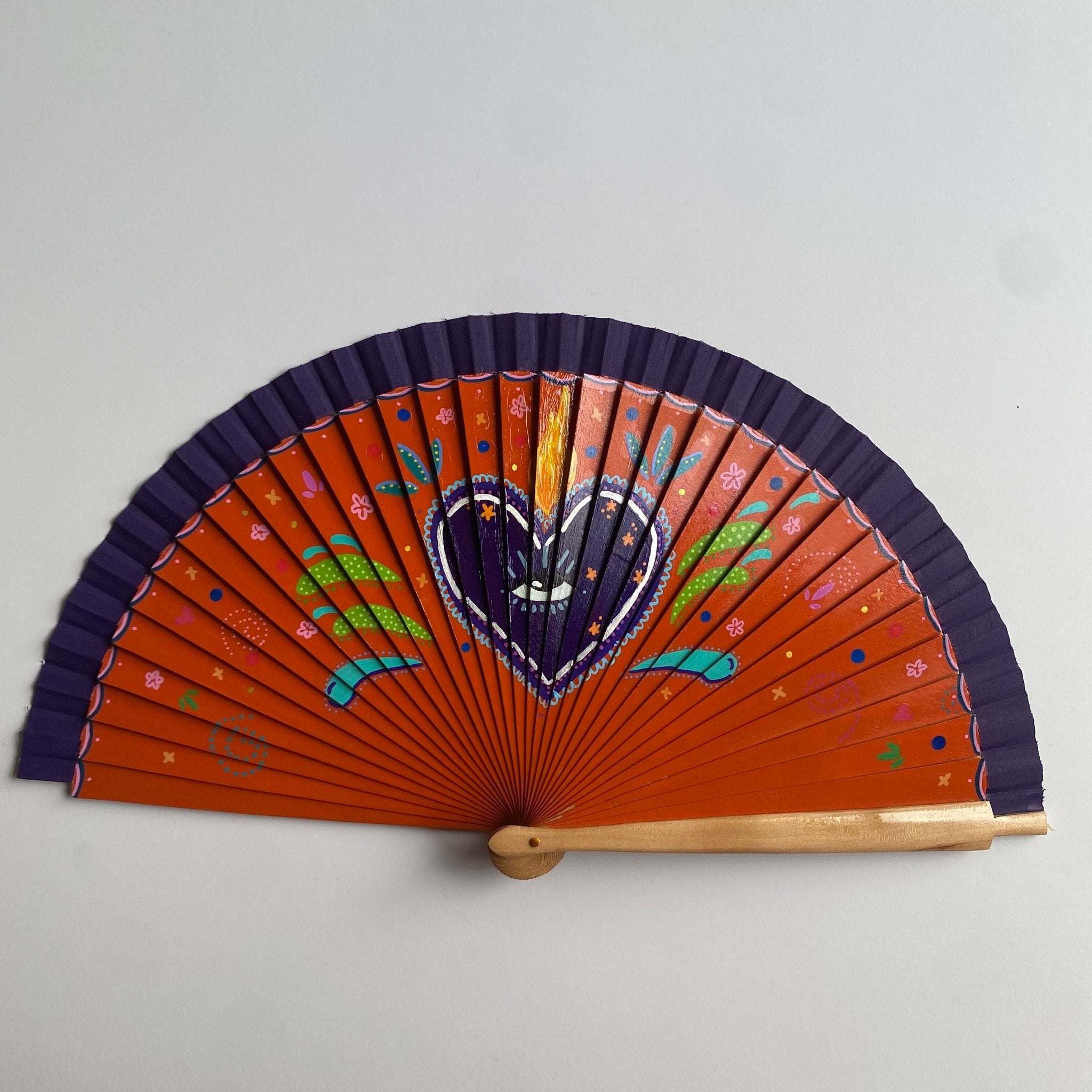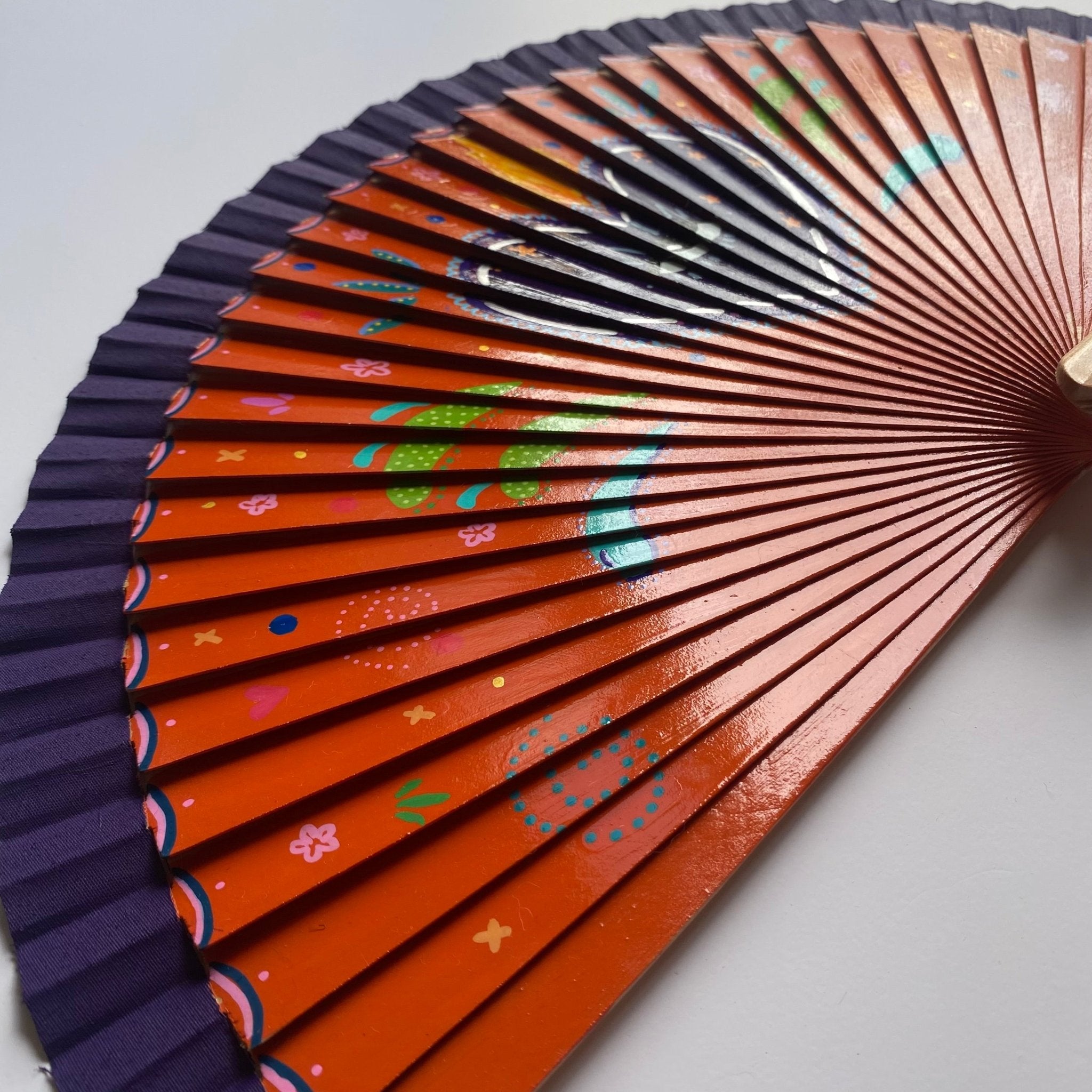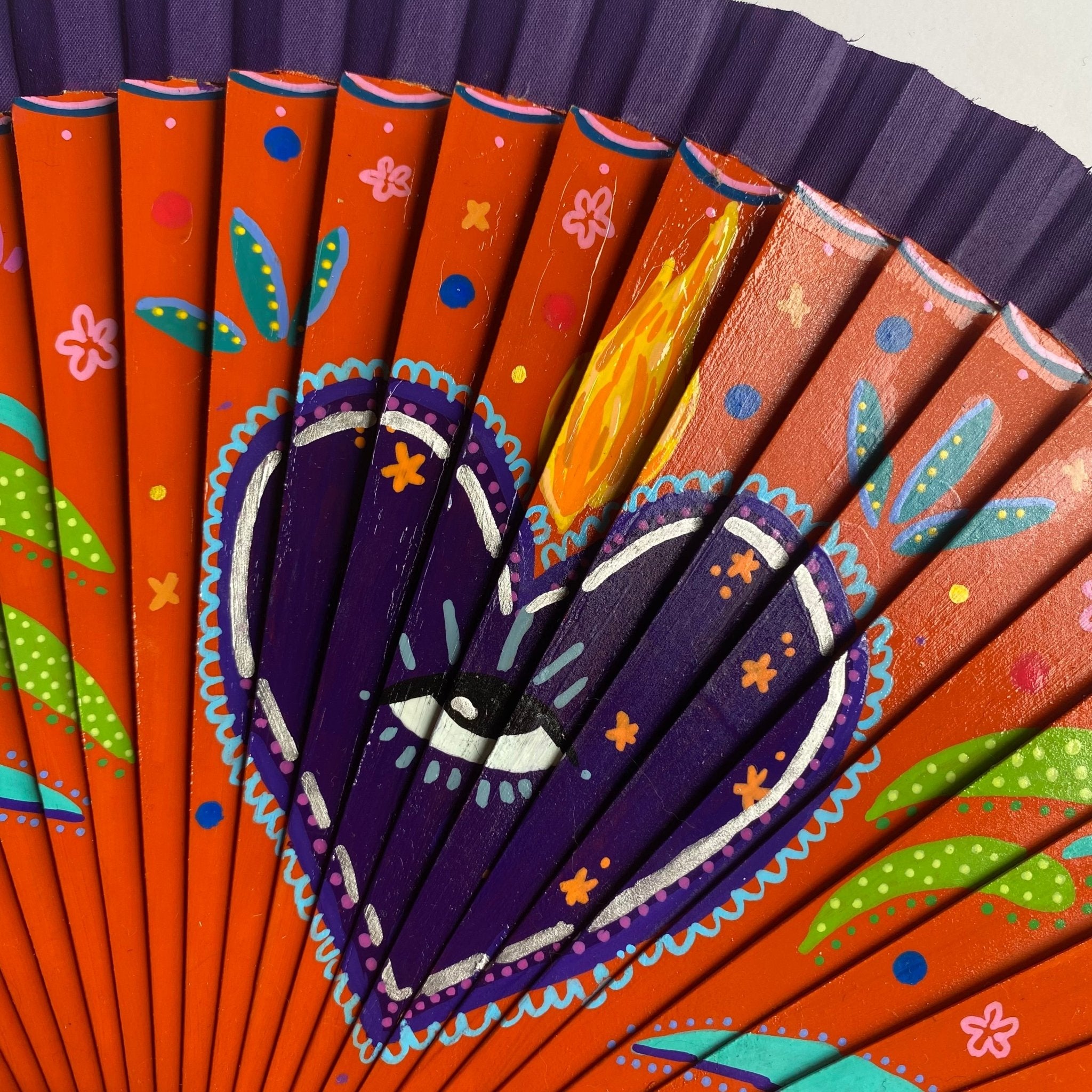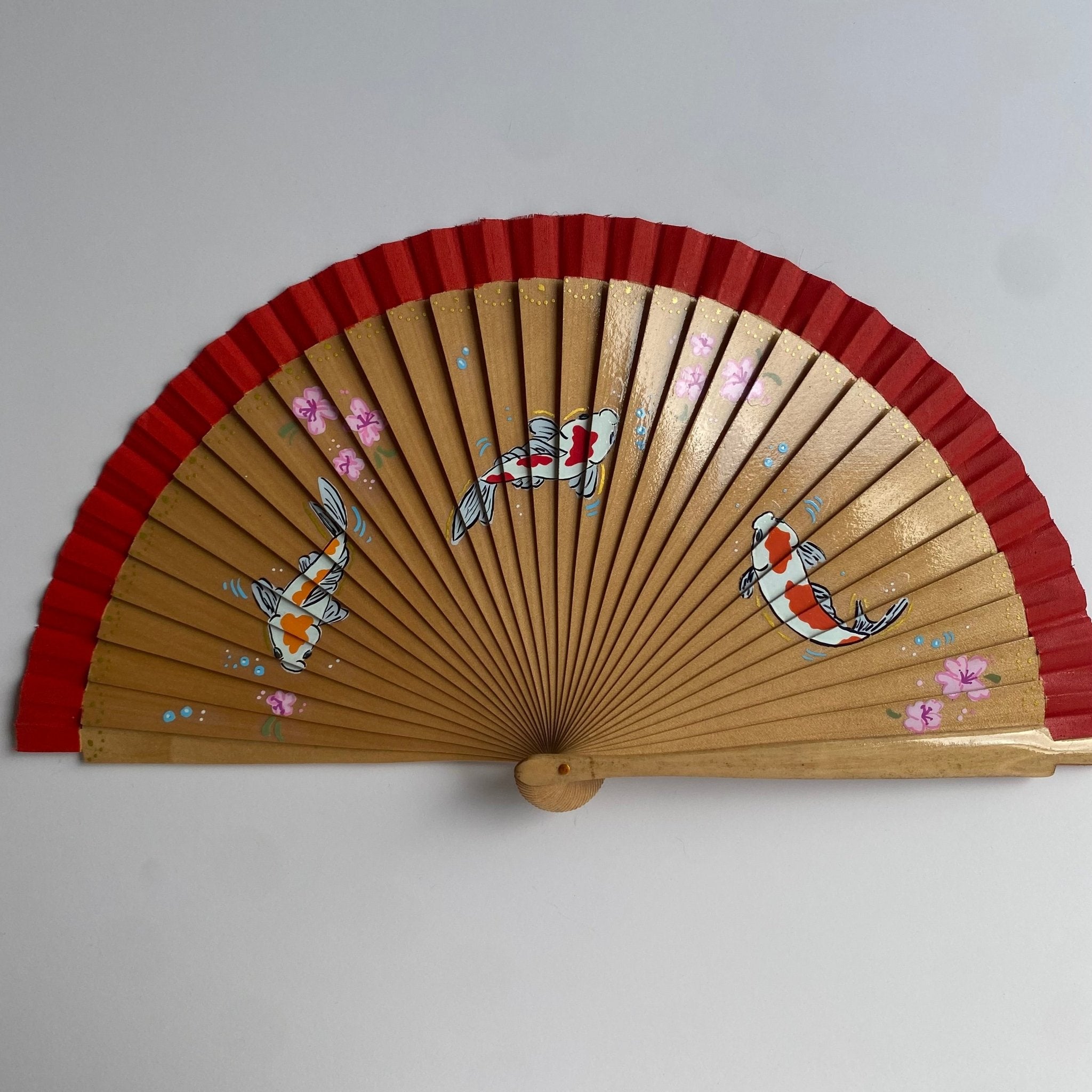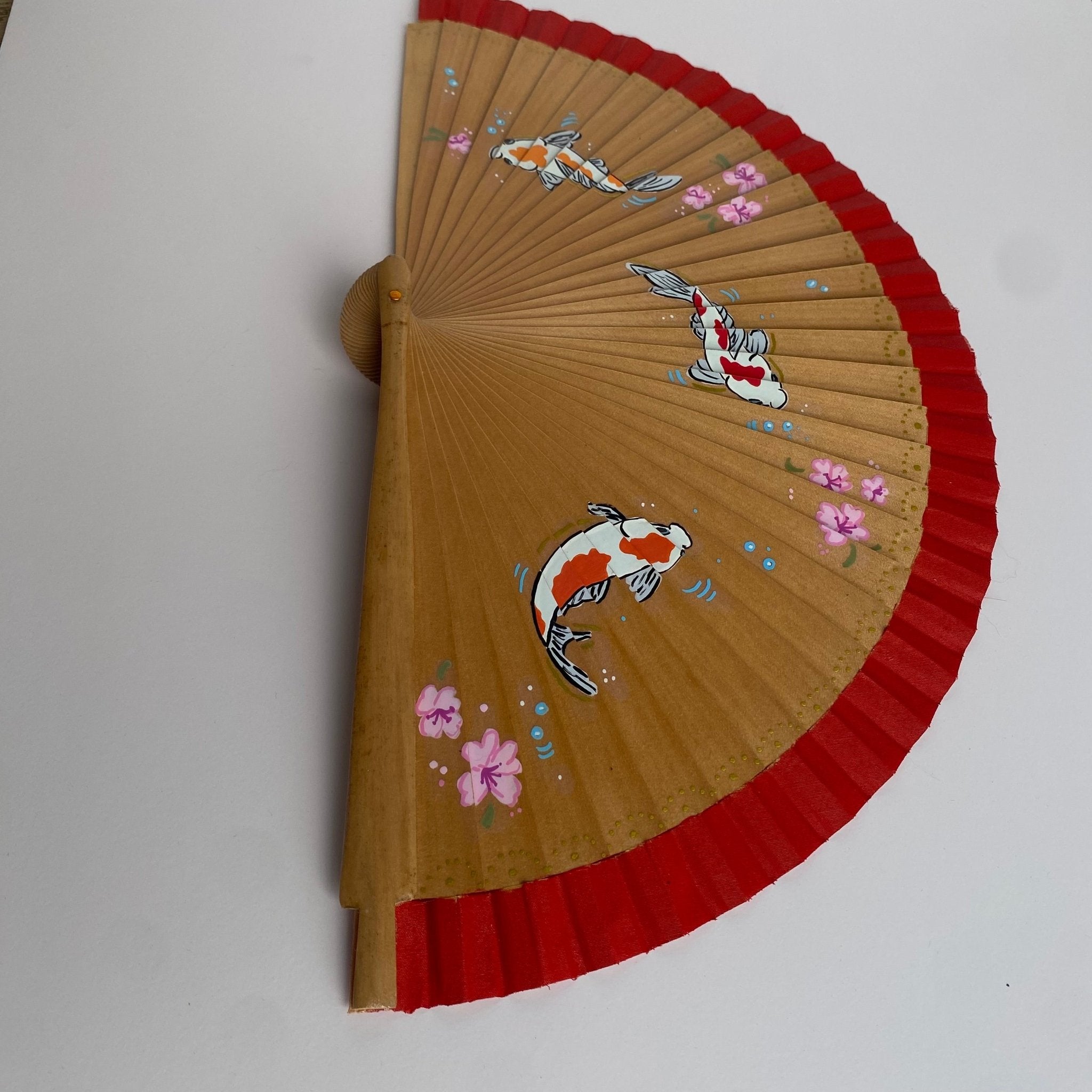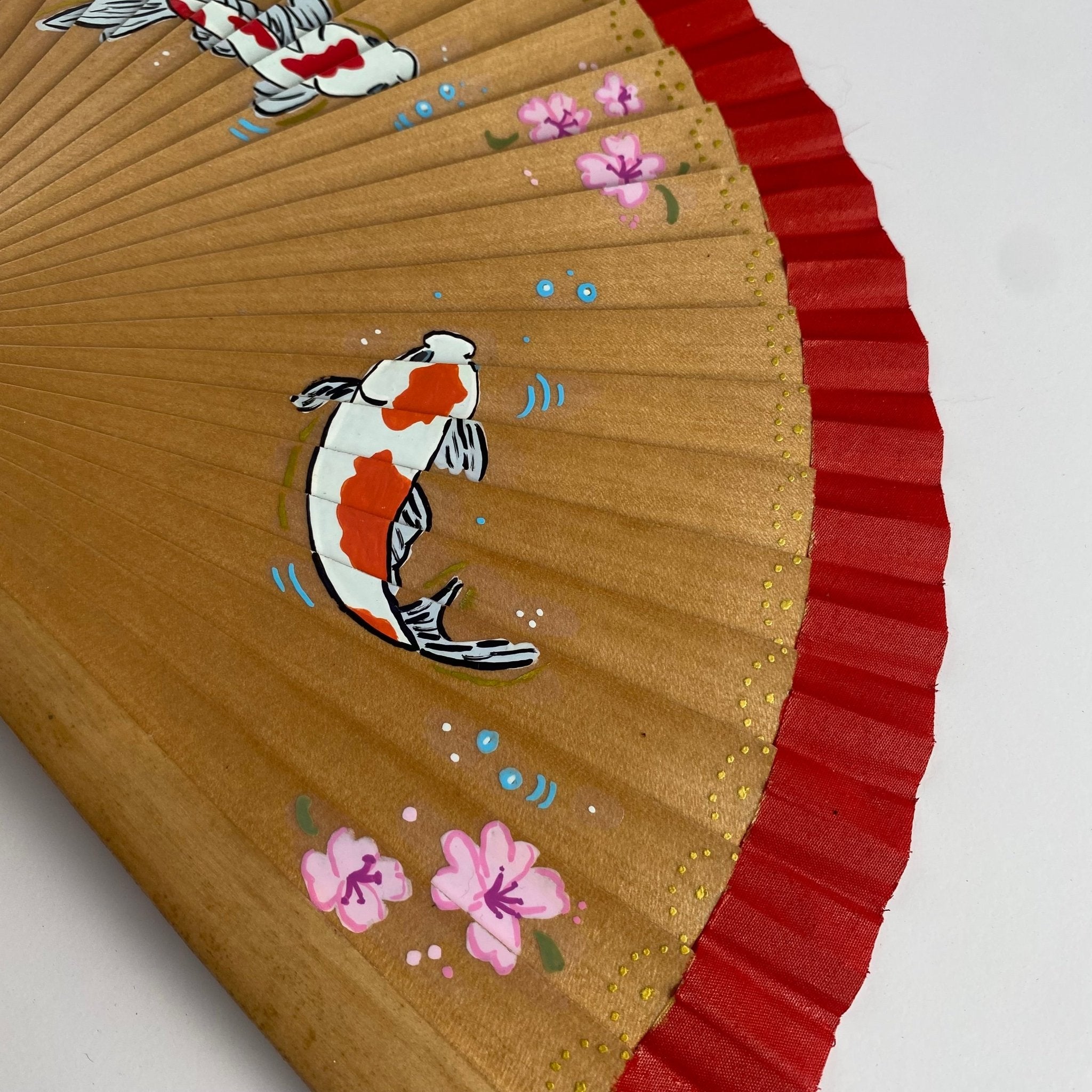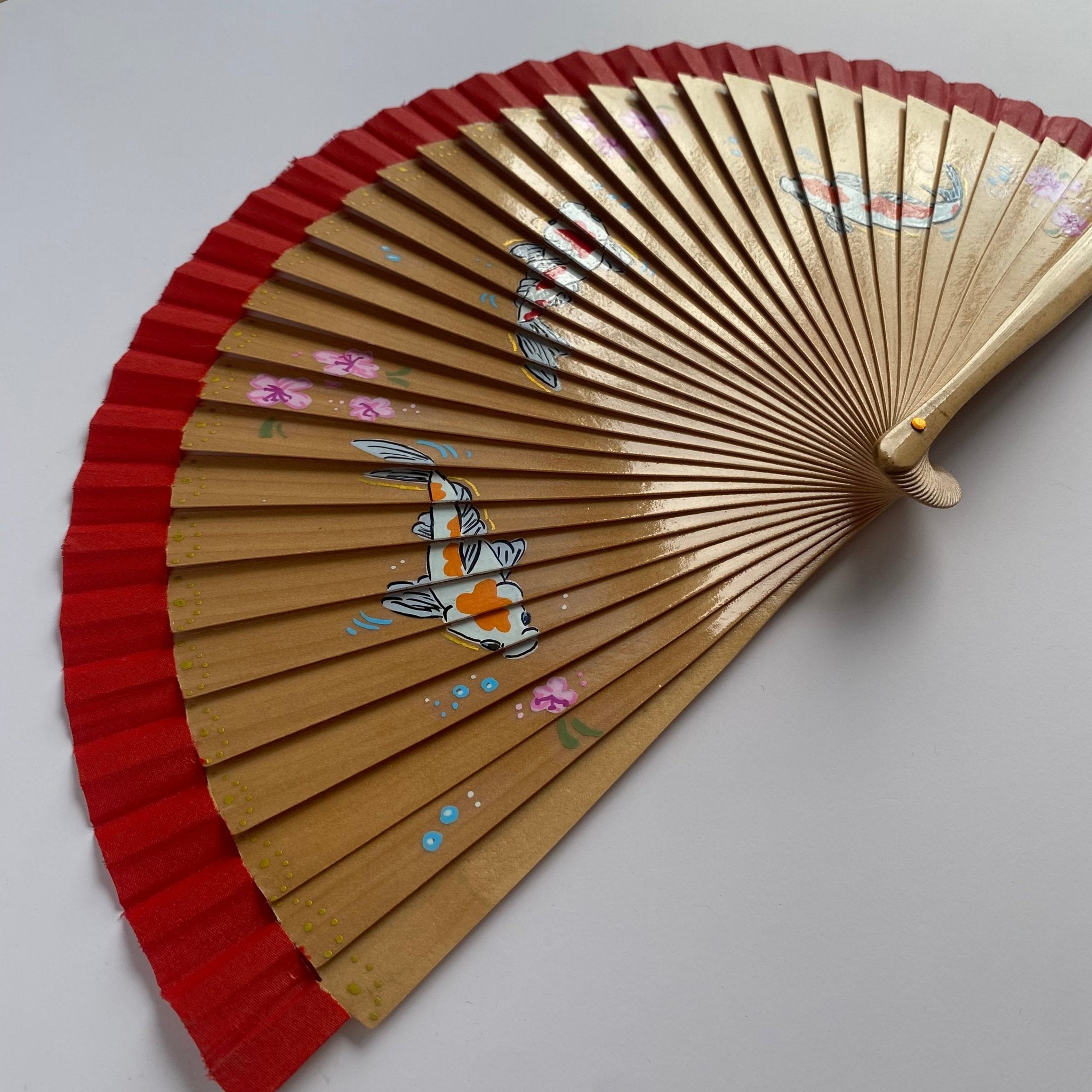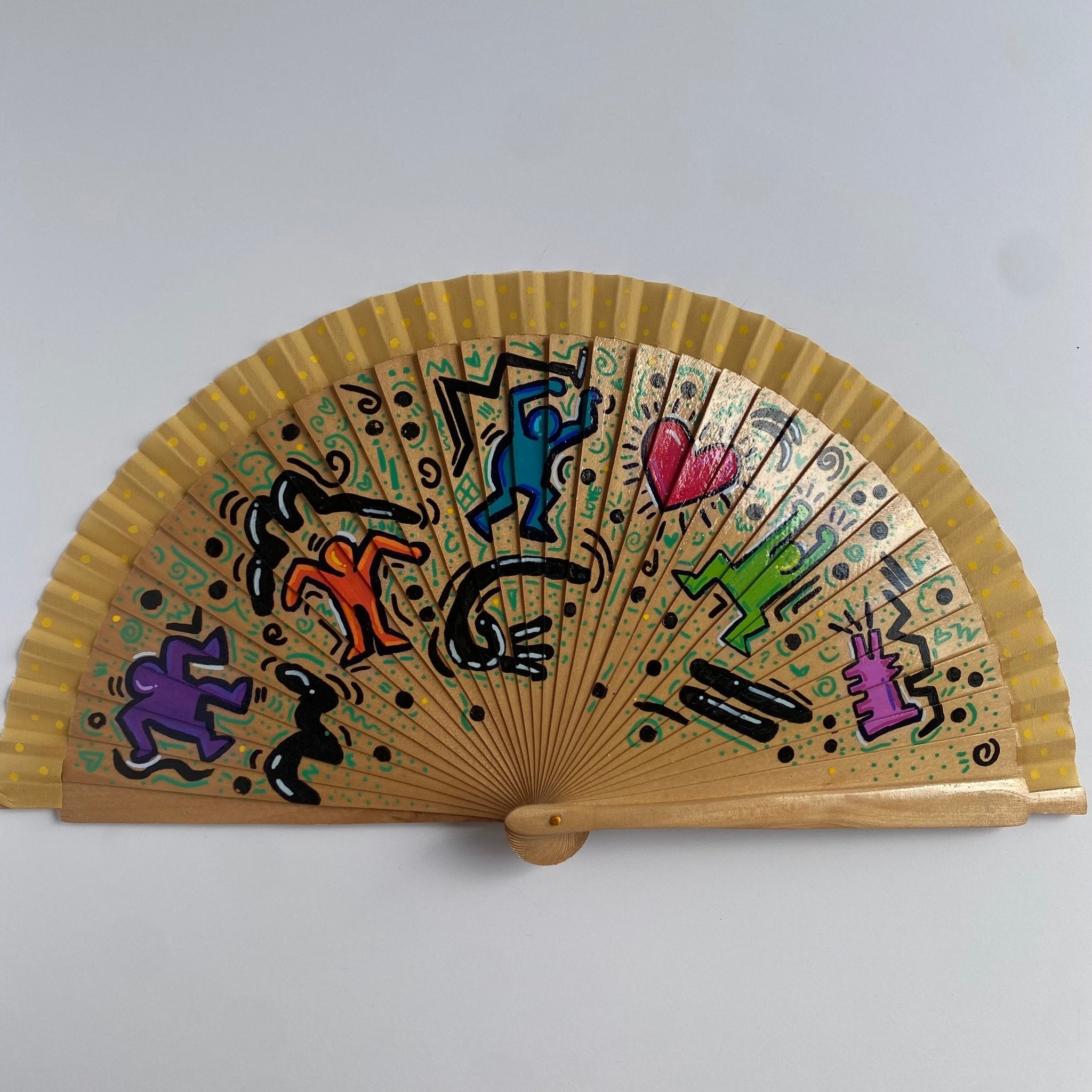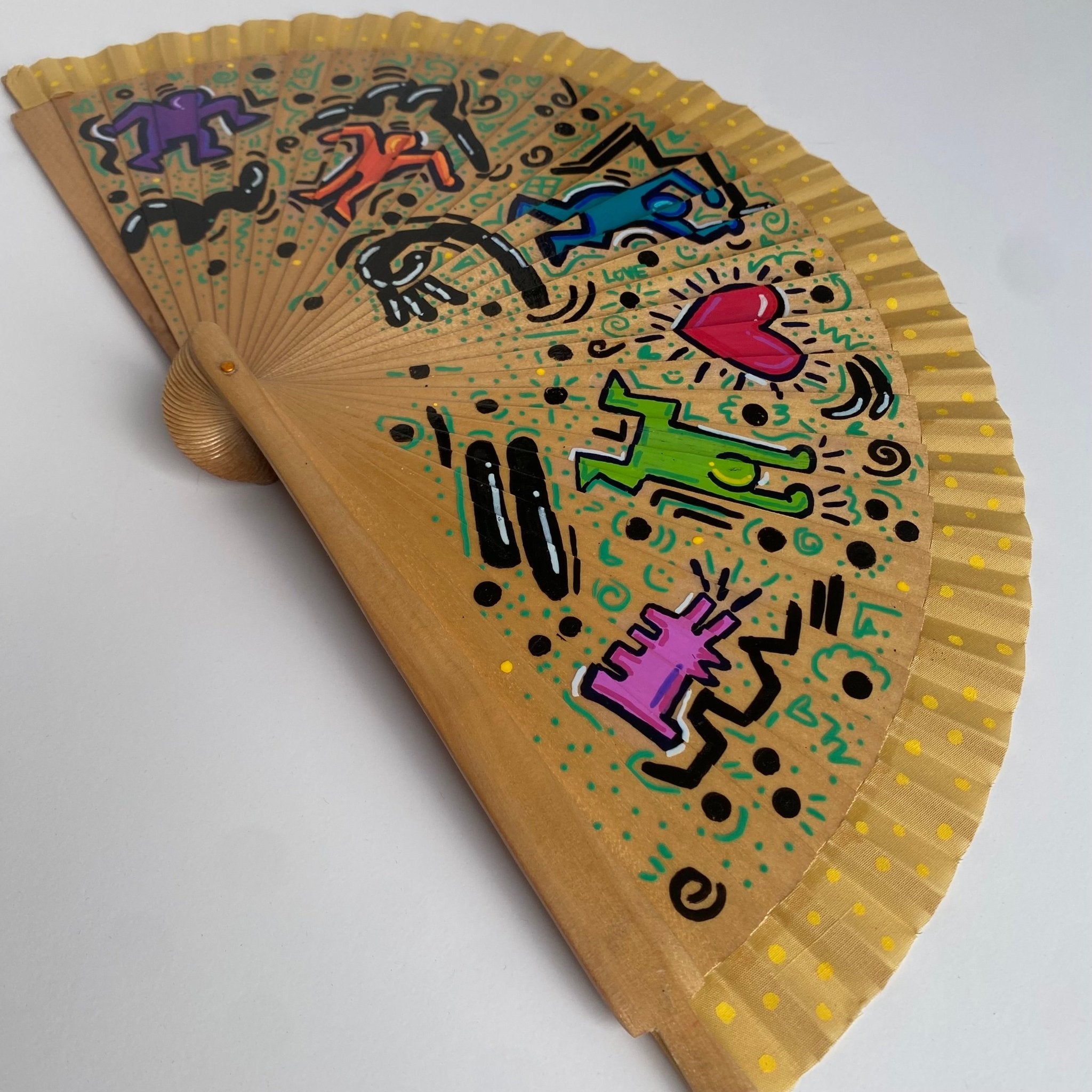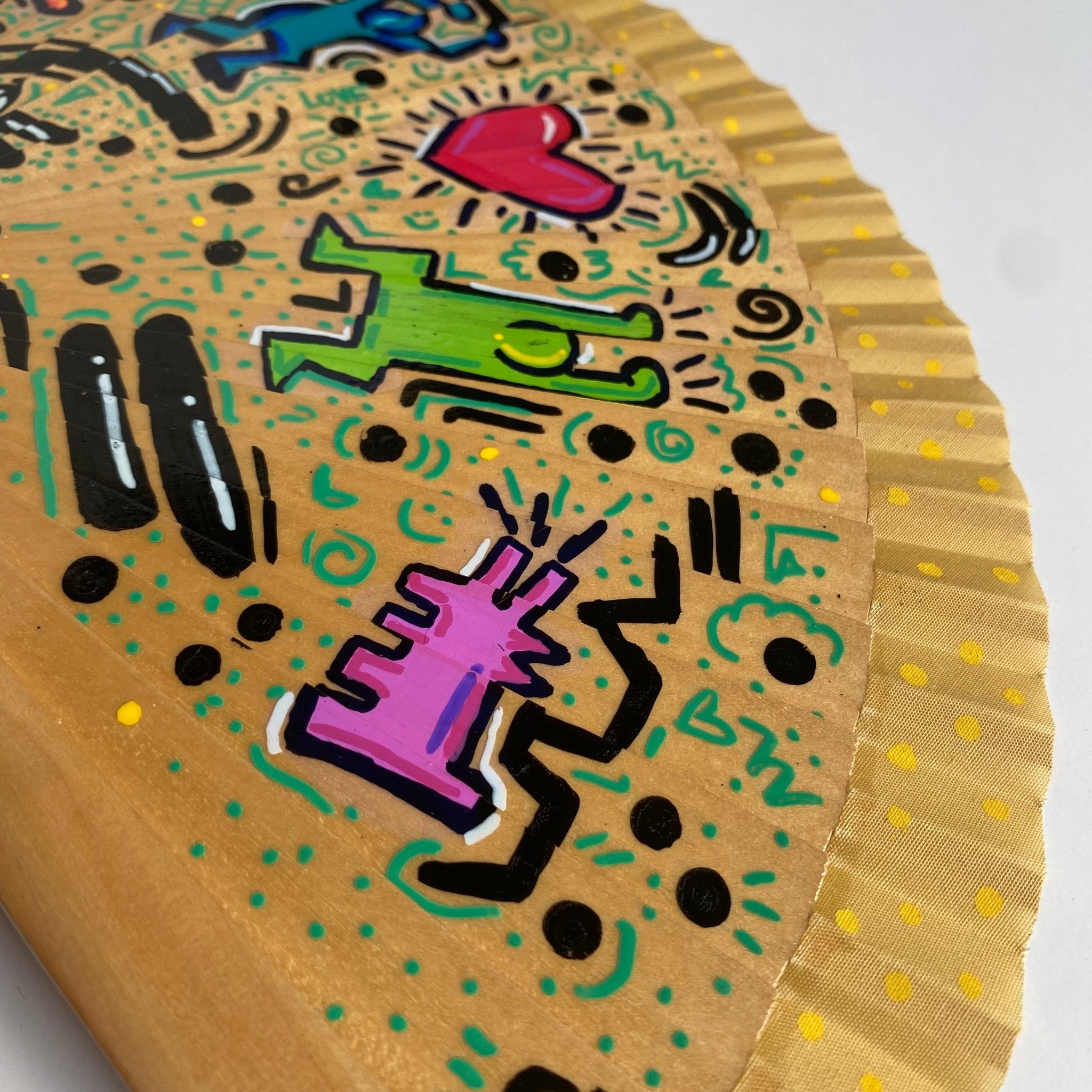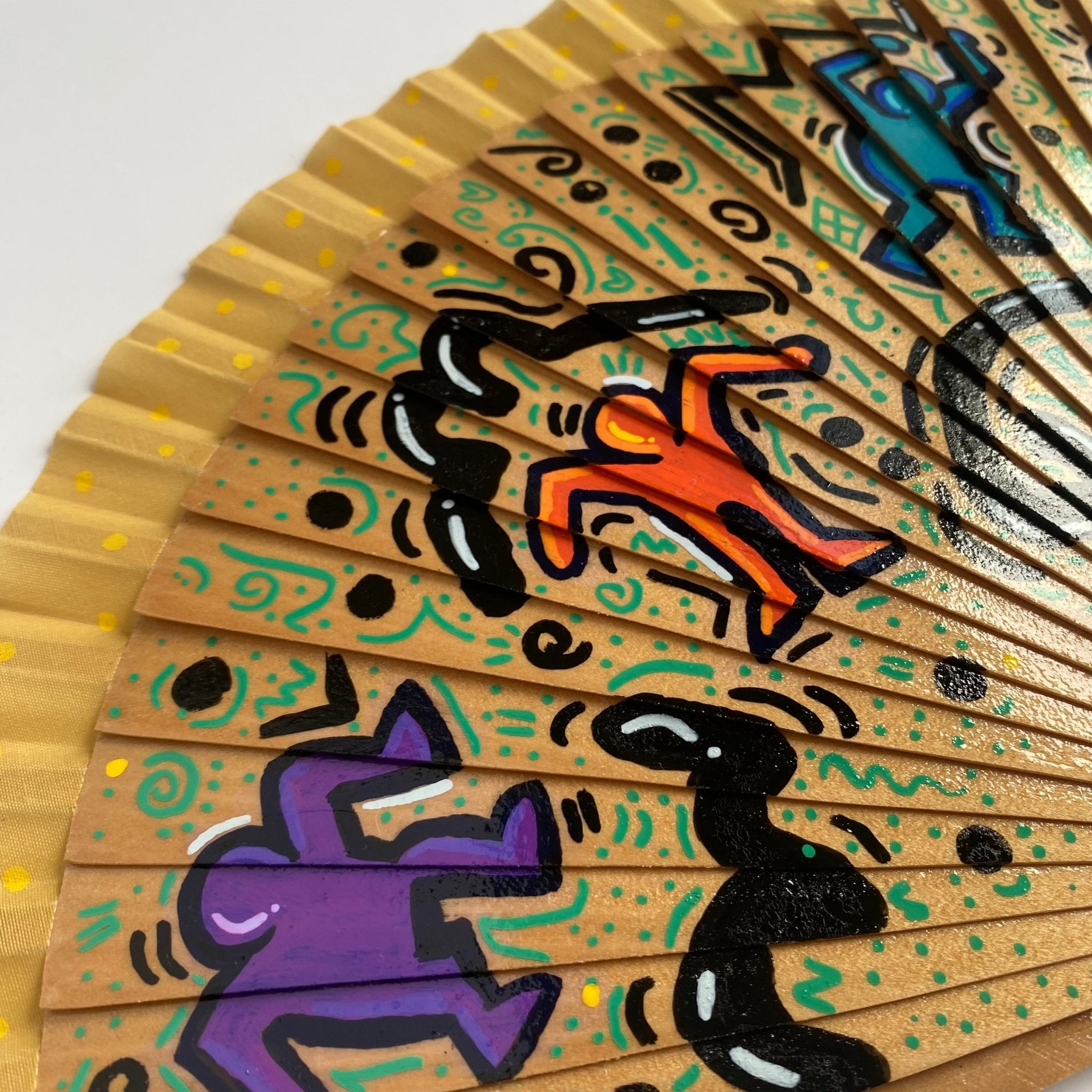From noble courts to crowded ballrooms, how a simple accessory became a tool for silent intrigue and subtle empowerment.
The folding fan is an iconic object, elegant and practical—yet hidden within its flutter lies a language once vital to generations of women navigating rigid social worlds. While these ornate accessories cooled faces and completed outfits, their true genius was in communication: a clandestine vocabulary crafted from a flick of the wrist or a tilt of the hand.
Origins: Artistry Meets Communication
Born in Japan’s 6th or 7th century—legend credits Toyomaru of Tamba province with inspiration from the bat’s wing—the folding fan was first carved from wood, paper, and silk. In East Asia, it gained status quickly, signaling artistry and authority, especially at court. Over time, silent gestures with fans carried meaning, making the accessory as communicative as it was beautiful.
Arriving in Europe via Portuguese traders in the 16th century, fans became fashionable first as cooling devices, then as pillars of etiquette. Noble salons soon buzzed less with spoken word and more with the quiet choreography of fans. Molière himself immortalized the fan as a “folding screen of modesty,” alluding to its power to speak without speaking.
The “Language” Becomes Code
Eighteenth and nineteenth-century Europe—and especially the Victorian era—saw the secret code of the fan fully flower. Restrictive social rules barred frank interaction between men and women, but the language of the fan provided a loophole. Printed guides and etiquette books turned simple gestures into shared secrets:
| Gesture | Meaning |
|---|---|
| Fan to cheek | “I love you” |
| Covering face with fan | “I’m shy/uninterested” |
| Fanning rapidly | “Follow me” |
| Drawing fan across cheek | “I am engaged elsewhere” |
| Covering left eye | “Do not speak to me” |
| Fan to lips | “Please keep silent” |
Though this language was sometimes exaggerated for marketing—fan makers were eager to sell more accessories—the spread of leaflets and guides made these codes an open secret in certain aristocratic circles.
How Social Context Shaped the Code
The real potency of the fan’s language was its subtlety. In crowded rooms, a woman could position her fan to invite attention, discourage a suitor, or send a warning—without a chaperone or eavesdropper ever suspecting. Mastery required reading not just the gesture, but the context—who was watching, what the mood was, and the intent behind a look.
A fan’s message shifted at the whim of her hand and the demands of etiquette. Too obvious a motion could spell social disaster; too subtle, and the message might flutter by unnoticed.
Fans as Symbols—Materials, Motifs, and Status
Crafted from bamboo, sandalwood, ivory, silk, or washi paper, the materials themselves signaled class and intent. Silk panels embodied formality; tortoiseshell or ivory frames were marks of luxury. Artistic designs, from chrysanthemums (longevity) to cranes (good fortune) and even dragons (power), added layers of unspoken meaning. The fan’s very construction—the ability to open, pivot, and close—made it uniquely suitable for coded display.
Empowerment and Discretion
For women, especially in aristocratic circles, fans offered rare autonomy in controlling conversation and attention. They transformed an object society deemed acceptable and decorative into an agency tool: whether negotiating flirtation, rebuffing an advance, or requesting assistance, all could be done in silence and style.
In societies obsessed with reputation and privacy, the fan language gave women power over their personal space and narratives—well before speaking openly was considered proper.
The Modern Legacy
While the heyday of the folding fan code has passed, its influence remains. In performance art, theater, and fashion, fans still signal mood, elegance, and sometimes secret intent. Antique fans, rich with history and meaning, are now prized by collectors, serving as both art and social record. Museums and enthusiasts alike preserve these artifacts, recognizing their role in storytelling—of personal agency, hidden rebellion, and the subtleties of social life.
Takeaway:
The folding fan’s language reminds us that even the simplest objects can become conduits of expression and autonomy when worlds are constrained. What was once a tool for cooling became, through creativity, culture, and necessity, a whispering voice in the face of silence—a secret code riding on the soft winds of history.


